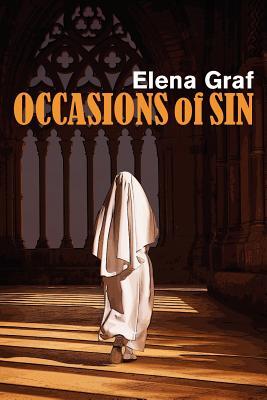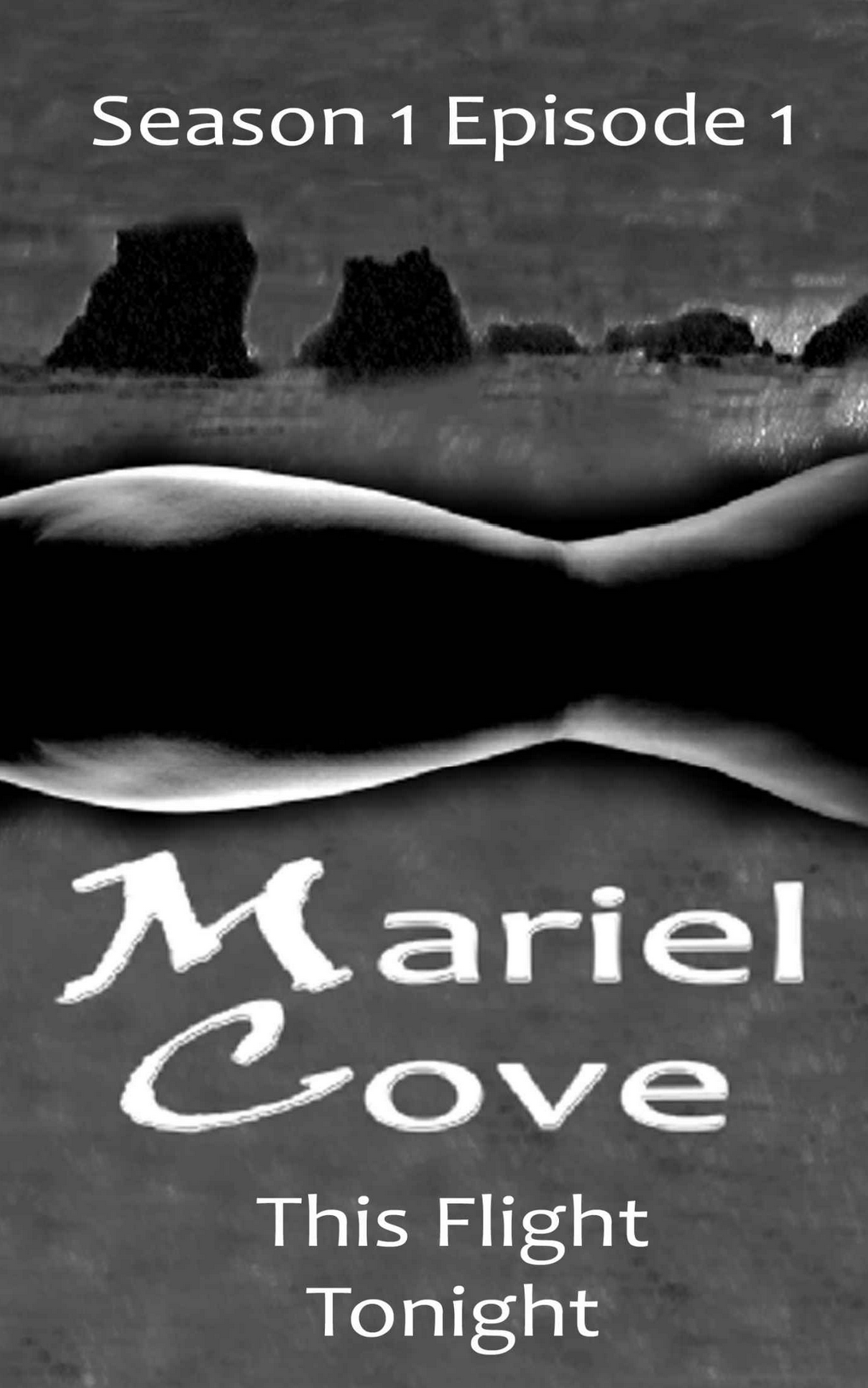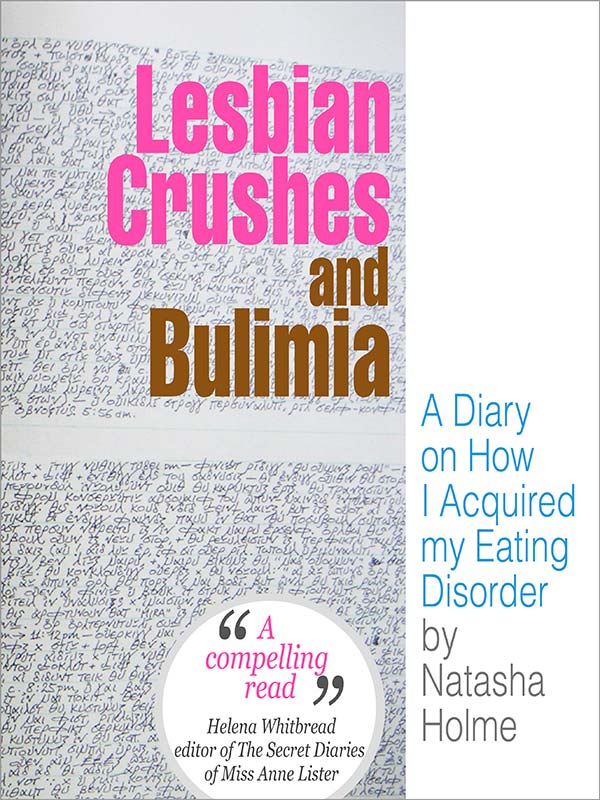Occasions of Sin, Elena Graf’s historical romance, presents an engaging and entertaining journey through the convents and hospitals of Weimar Germany. The novel opens with Margarethe von Stahle, a German countess arriving at the convent her family has patronized for several centuries. We quickly learn that in addition to being a countess, Margarethe is also a lauded surgeon and head of surgery at a hospital in Berlin. She’s arrived at the convent to select a new Head Nurse from the nuns at the convent. The best candidate, a mysterious nun named Sister Augustine, provides Margarethe with as many questions as answers. The two return to Berlin and become close friends as Margarethe attempts to discover the secrets of Sister Augustine’s past and reconcile with her growing attraction to a woman under vow.
From there the novel is a sprawling trek across Europe in the 1930s, the social hierarchy of the Germany aristocracy, and the centuries-old secrets of a cloistered sect of nuns. It is a purely conventional historical romance saved by a strong and engaging narrative voice. Margarethe, who’s voice takes us through the first section of the book, is an interesting and well-rounded character. Graf does a nice job of giving a character with idealized circumstances a flawed and believable voice, though at times she does feel a bit too perfect. Curiously, Sister Augustine, who narrates later sections, is a weaker character, but her sections remain engaging in the context of the book. These voices help the rather unsurprising plot remain a pleasant read. Instead of boredom at its predictability, these narrators and their experiences endow the events of the story with new layers and charm.
Graf should also be applauded for the thorough creation of her world. The research makes the reading experience feel immersive and inhabits both the style of the narrative passages and the dialogue, a rare treat these days. Graf also has the gift of providing enough information about topics such as pre-war German politics and the convent system to be interesting and necessary for the plot without getting carried away. That being said, it was surprising that the looming presence of World War II, or the shadows of World War I, didn’t play a larger role in the book. Except for a couple of instances, it was easy to forget that just years after the events of the novel, its entire world would be irrevocably changed. While this did drive home the isolation of Margarethe’s privileged world, one couldn’t help but read excepting the Nazi Party to burst in and spoil everything.
However, the threats of the next decade stay firmly in the future and this charming tale of nuns, surgery and German aristocracy is a pleasant and addicting read.






![Pageflex Persona [document: PRS0000037_00037]](http://lesbrary.com/wp-content/uploads/2012/12/7.jpg?w=193)
